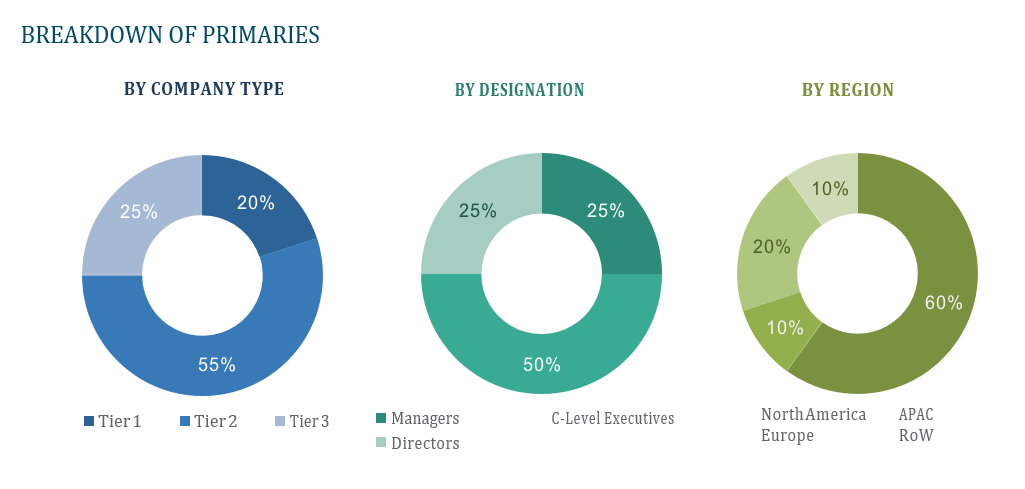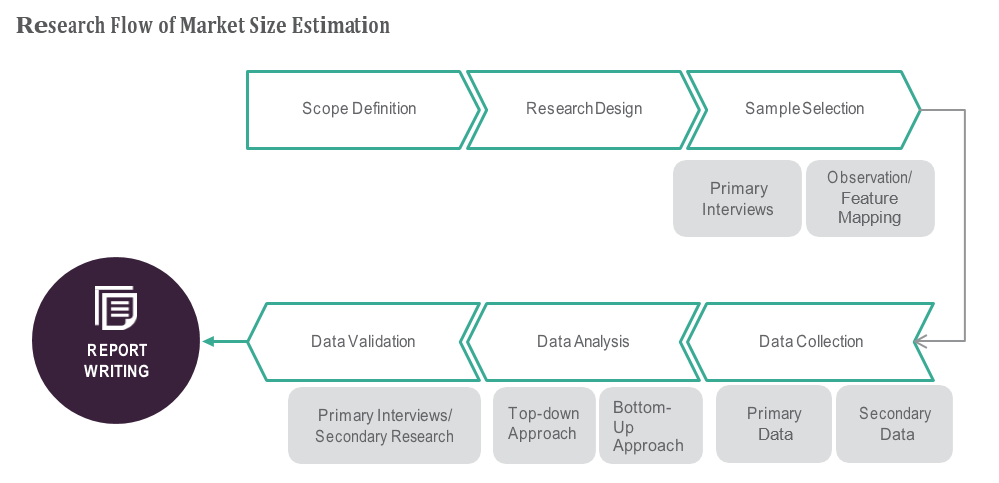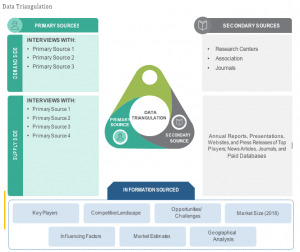OVERVIEW
The Elevators & Escalators Market is projected to experience substantial growth with its market valuation anticipated to increase from USD 94.3 billion in 2024 to an estimated USD 142.8 billion by 2029, reflecting a compound annual growth rate (CAGR) of 8.7% during the forecast period. Elevators and escalators are essential components in modern buildings, providing vertical transportation solutions that enhance accessibility and convenience. These systems are widely used in residential, commercial, and industrial buildings, as well as in public infrastructure such as airports, railway stations, and shopping malls.
The market’s expansion is driven by the increasing demand for urbanization and infrastructure development, advancements in elevator and escalator technologies, and the growing emphasis on energy efficiency and smart building solutions. The rising adoption of high-rise buildings and the need for efficient vertical transportation in densely populated urban areas further bolsters market growth. However, challenges such as high installation and maintenance costs, stringent regulatory requirements, and the need for continuous innovation to meet evolving industry standards must be addressed to sustain market momentum.
the Asia Pacific region dominates the elevators & escalators market due to its large construction industry, significant investments in infrastructure development, and a growing consumer market. North America and Europe also hold substantial market shares driven by technological advancements and strong demand for high-performance and energy-efficient vertical transportation systems. However, the market faces challenges such as regulatory compliance, environmental sustainability, and the need for ongoing innovation to enhance performance and reduce costs.
Table of Content
Market Dynamics
Drivers:
The growth of the elevators & escalators market is primarily driven by the increasing demand for urbanization and infrastructure development. As urban populations continue to grow, there is a rising need for efficient vertical transportation solutions to manage the movement of people in high-density areas. Elevators and escalators play a crucial role in modern urban infrastructure, providing seamless and convenient transportation within buildings and public spaces. In residential buildings, elevators enhance accessibility for residents, especially in high-rise apartments and condominiums. In commercial buildings, such as office towers and shopping malls, elevators and escalators improve the flow of people, reducing congestion and enhancing user experience. The ongoing construction of high-rise buildings, driven by urbanization and the need for optimized land use, is a key driver of the elevators & escalators market.
Advancements in elevator and escalator technologies are also significant drivers of market growth. Innovations in design, materials, and control systems, such as the development of machine-room-less (MRL) elevators, regenerative drives, and smart elevator systems, are enhancing the performance, safety, and energy efficiency of vertical transportation solutions. Machine-room-less elevators, which eliminate the need for a separate machine room, save space and reduce construction costs, making them ideal for modern building designs. Regenerative drives, which capture and reuse energy generated during elevator operation, improve energy efficiency and reduce operating costs. Smart elevator systems, equipped with features such as predictive maintenance, real-time monitoring, and touchless controls, enhance user convenience and operational efficiency. These technological advancements are driving the demand for high-quality elevators and escalators in various building applications.
The growing emphasis on energy efficiency and smart building solutions is another key driver for the market. With increasing regulatory pressure and global initiatives aimed at reducing carbon emissions, there is a strong focus on developing energy-efficient and sustainable building solutions. Elevators and escalators, which are significant consumers of energy in buildings, are being designed with advanced technologies that minimize energy consumption and environmental impact. The use of energy-efficient components, such as LED lighting, variable frequency drives, and advanced control systems, reduces the energy footprint of elevators and escalators. Smart building solutions, which integrate elevators and escalators with building management systems, optimize energy use and enhance operational efficiency. This growing focus on energy efficiency and smart building solutions is further propelling the demand for advanced elevators and escalators.
Key Opportunities :
The elevators & escalators market presents numerous opportunities for growth and innovation, particularly in the development of advanced vertical transportation systems and sustainable production methods. The increasing focus on environmental sustainability and the need to reduce the environmental impact of building operations are driving research and development efforts towards eco-friendly elevators and escalators. The development and commercialization of energy-efficient components, advanced materials, and high-performance coatings present significant growth opportunities. These sustainable alternatives offer comparable or improved performance to traditional vertical transportation systems while minimizing environmental impact, making them attractive options for various building applications.
The expansion of the elevators & escalators market into emerging economies offers significant growth potential. Rapid urbanization, industrialization, and increasing disposable incomes in countries such as China, India, Brazil, and South Africa are driving the demand for high-quality vertical transportation solutions in residential, commercial, and public infrastructure sectors. The rising consumer awareness of product quality and sustainability, coupled with the preference for advanced elevator and escalator technologies in these regions, is also contributing to the growth of the market. Manufacturers have the opportunity to tap into these growing markets by offering cost-effective, high-performance elevators and escalators that meet the specific needs and regulatory requirements of emerging economies.
The increasing focus on digitalization and advanced manufacturing techniques offers promising prospects for the elevators & escalators market. The adoption of advanced manufacturing technologies such as precision engineering, real-time monitoring, and automation is driving the demand for vertical transportation systems with precise application properties and enhanced performance characteristics. The development of smart elevators and escalators with sensors and connectivity features is also enabling real-time monitoring and optimization of system performance. The integration of digital technologies in elevator and escalator manufacturing and application processes is expected to enhance production efficiency, reduce waste, and improve product quality, further driving market growth.
Restraints :
High installation and maintenance costs are significant restraints for the market. The installation of elevators and escalators involves complex engineering and construction processes, which can be expensive and time-consuming. The high initial investment required for purchasing and installing vertical transportation systems can be a barrier for building developers and owners. Additionally, the maintenance and repair of elevators and escalators require specialized skills and equipment, resulting in ongoing operational costs. Manufacturers must develop cost-effective solutions and provide flexible financing options to make elevators and escalators more accessible to a wider range of customers.
Regulatory bodies in various regions, particularly in Europe and North America, have established strict guidelines and standards for elevators and escalators to ensure safety and performance. Compliance with these regulations requires extensive testing, certification, and investment in sustainable practices, which can be time-consuming and costly. Any changes in regulatory policies or the introduction of new standards can create uncertainty and disrupt market dynamics.
Environmental concerns related to the production and disposal of elevators and escalators also present challenges for the market. The production of vertical transportation systems involves processes that can generate waste and emissions, posing environmental and health risks. Additionally, the disposal of used elevators and escalators at the end of their life cycle poses challenges related to waste management and recycling. The increasing regulatory scrutiny on the environmental impact of building operations and the growing demand for sustainable products necessitate the development of more eco-friendly production practices. Manufacturers must invest in research and development to create advanced formulations and production methods that meet regulatory standards and address environmental concerns.
Regional Information:
• North America
North America remains a significant market for elevators and escalators, characterized by advanced technological innovation, a mature construction industry, and strong consumer demand for high-performance vertical transportation systems. The region’s robust regulatory framework and increasing investments in sustainable construction practices drive market growth. However, competition from traditional vertical transportation systems and the need for skilled labor pose challenges, requiring continuous innovation and cost-reduction strategies.
• Europe
Europe leads in the adoption of sustainable and environmentally friendly construction practices, driven by stringent environmental regulations, strong governmental support, and high consumer awareness. The region’s commitment to reducing carbon emissions and enhancing building energy efficiency fuels the demand for advanced elevator and escalator solutions. However, economic uncertainties and the need for technological advancements necessitate strategic planning and risk management to navigate the market landscape effectively.
• Asia Pacific
The Asia Pacific region is expected to witness the highest growth rate in the elevators & escalators market due to rapid urbanization, significant investments in infrastructure development, and a growing consumer market. Countries like China, India, and Japan are investing heavily in advanced vertical transportation technologies and sustainable solutions, driving the demand for high-performance elevators and escalators. However, challenges related to regulatory compliance, high production costs, and the need for skilled labor necessitate localized strategies and market insights for successful market penetration.
Recent Developments:
• On October 2023, KONE Corporation has finalized the sale of its operations in Russia to S8 Capital, a diversified holding company based in Russia.
• On November 2022, KONE has concluded the buyback of its own class B shares, acquiring a total of 1,083,500 shares at an average price of USD 49.5 per share.
Key market Players:
KONE Corporation, Schindler Group, thyssenkrupp Elevator AG, and Mitsubishi Electric Corporation.
Frequently Asked Questions
1) What is the projected market value of the Elevators & Escalators Market?
– The Elevators & Escalators Market is expected to reach an estimated value of USD 142.8 billion in revenue by 2029.
2) What is the estimated CAGR of the Elevators & Escalators Market over the 2024 to 2029 forecast period?
– The CAGR is estimated to be 8.7% for the Elevators & Escalators Market over the 2024 to 2029.
3) Who are the key players in the Elevators & Escalators Market?
– KONE Corporation, Schindler Group, thyssenkrupp Elevator AG, and Mitsubishi Electric Corporation.
4) What are the drivers for the Elevators & Escalators Market?
– The primary drivers for the Elevators & Escalators Market include the increasing demand for urbanization and infrastructure development, advancements in elevator and escalator technologies, and the growing emphasis on energy efficiency and smart building solutions. Elevators and escalators play a crucial role in modern urban infrastructure, providing seamless and convenient transportation within buildings and public spaces. The rising adoption of advanced vertical transportation solutions further drives market growth.
5) What are the restraints and challenges in the Elevators & Escalators Market?
– The Elevators & Escalators Market faces several challenges, including high installation and maintenance costs, regulatory compliance, and environmental concerns. The installation of elevators and escalators involves complex engineering and construction processes, which can be expensive and time-consuming. Regulatory bodies have established strict guidelines for vertical transportation systems to ensure safety and performance, requiring extensive testing and certification. Environmental concerns related to the production and disposal of elevators and escalators also necessitate the development of eco-friendly practices. Overcoming these challenges through continuous innovation and investment in sustainable solutions is crucial for the market’s growth.
6) What are the key applications and offerings of the Elevators & Escalators Market?
– Elevators and escalators are essential components in modern buildings, providing vertical transportation solutions that enhance accessibility and convenience. Key applications include residential, commercial, and industrial buildings, as well as public infrastructure such as airports, railway stations, and shopping malls. The development of advanced vertical transportation systems, such as machine-room-less (MRL) elevators, regenerative drives, and smart elevator systems, further enhances the performance and sustainability of these products. The adoption of energy-efficient and smart building solutions is also driving advancements in elevator and escalator technology.
7) Which region is expected to drive the market for the forecast period?
– Asia pacific is expected to have the highest market growth from 2024 to 2029
Why Choose Us?
Insights into Market Trends: Global Market Studies reports provide valuable insights into market trends, including market size, segmentation, growth drivers, and market dynamics. This information helps clients make strategic decisions, such as product development, market positioning, and marketing strategies.
Competitor Analysis: Our reports provide detailed information about competitors, including their market share, product offerings, pricing, and competitive strategies. This data can be used to inform competitive strategies and to identify opportunities for growth and expansion.
Industry Forecasts: Our reports provide industry forecasts, which will inform your business strategies, such as investment decisions, production planning, and workforce planning. These forecasts can help you to prepare for future trends and to take advantage of growth opportunities.
Access to Industry Experts: Our solutions include contributions from industry experts, including analysts, consultants, and subject matter experts. This access to expert insights can be valuable for you to understand the market.
Time and Cost Savings: Our team at Global Market Studies can save you time and reduce the cost of conducting market research by providing comprehensive and up-to-date information in a single report, avoiding the need for additional market research efforts.










